Attractive Nuisances Avoid a Lawsuit
Exploring the legal intricacies of attractive nuisances is a critical aspect of property ownership that demands careful attention. These seemingly benign attractions can quickly become liabilities, exposing property owners to potential lawsuits if proper diligence is not exercised. By understanding the legal framework that surrounds these nuisances and implementing thorough safety measures, owners can significantly mitigate the risks involved. This discussion will examine the balance between maintaining property features that enhance enjoyment and ensuring they do not evolve into hazards, bridging the gap between legal compliance and creating a safe environment. Join us as we reveal strategies to protect both visitors and property owners from unintended consequences.
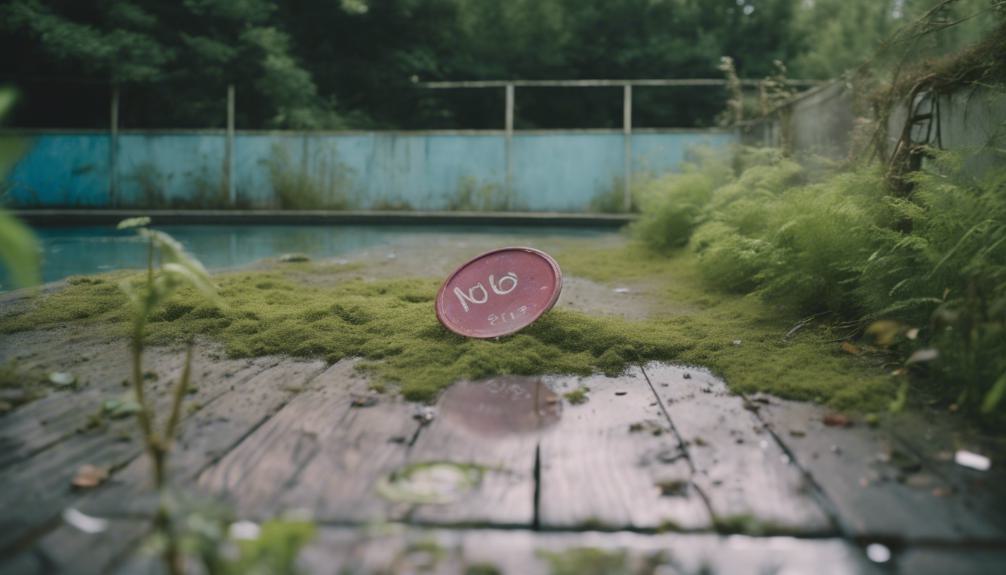
Key Takeaways
- Implement safety measures around pools and play equipment to reduce child injury risks.
- Securely store weapons and restrict access to prevent accidents.
- Use warning signs and barriers around hazards to limit property owner liability.
- Regularly review and update liability insurance to cover potential attractive nuisance-related claims.
Understanding Attractive Nuisances
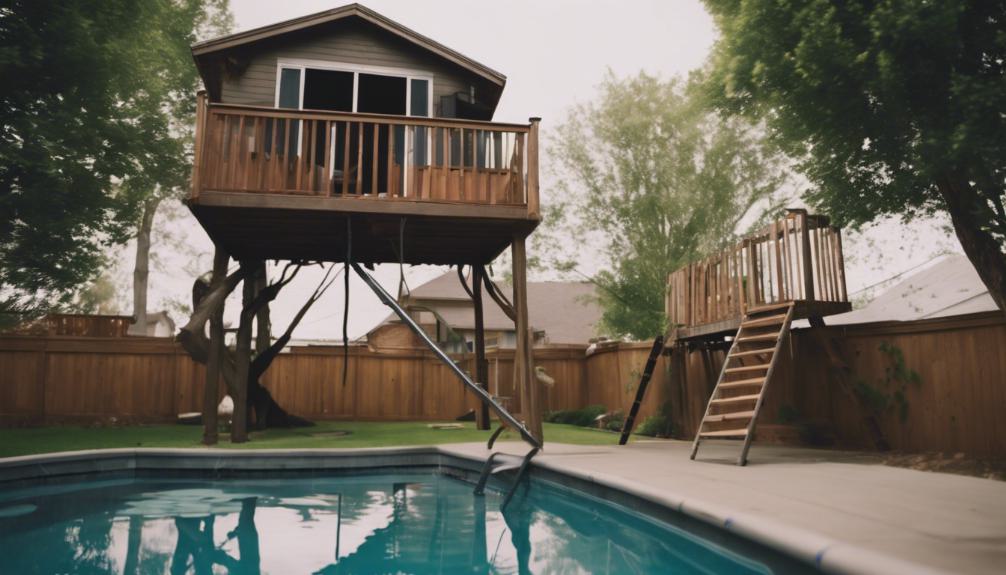
Attractive nuisances, defined as property features that entice children yet pose significant dangers, encompass hazards ranging from swimming pools to trampolines and swing sets. These elements, while seemingly benign, can lead to severe injuries or even fatalities among the younger population. Importantly, swimming pools are identified as the second leading cause of death due to drowning in children. The concept of attractive nuisance places a considerable liability on property owners who must recognize the potential risks these features represent. Awareness and understanding of these hazards are vital for ensuring the safety of children. Property owners are faced with the challenge of balancing the enjoyment provided by these features with the imperative need to prevent accidents and fatalities among unsuspecting young visitors.
Preventative Safety Measures
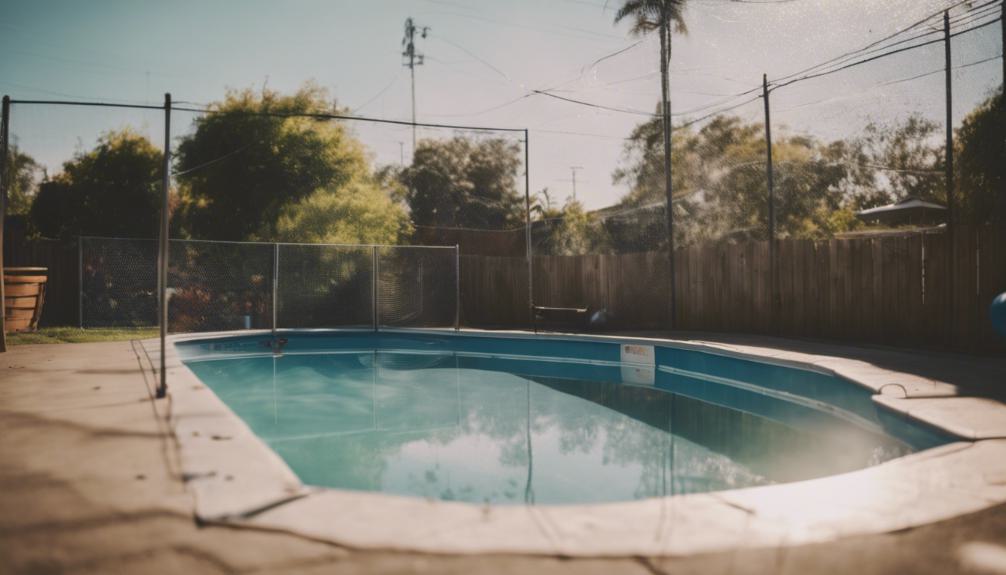
Implementing effective preventative safety measures is essential in mitigating the risks associated with attractive nuisances on properties. Beyond water features, which require their own specific attention, there are numerous areas that property owners must address to guarantee safety and reduce liability risks. For playground equipment, regular maintenance and proper installation are key. Equipment should be inspected frequently for wear and tear, and any damage should be repaired promptly. Erecting barriers and posting warning signs can also help prevent unauthorized access and inform parents of potential dangers. In the case of construction sites, securing the area with fencing and clear signage is critical to keeping children out. Additionally, storing weapons securely away from children's reach is an important step in preventing tragic accidents. Regular checks and updates to these measures can significantly lessen the risks attractive nuisances pose.
Securing Water Features

Building on the foundation of preventative safety measures, it is important for property owners to specifically focus on securing water features to mitigate risks associated with pools and ponds. Installing fences with self-closing and self-latching gates around pools and ponds can greatly reduce the risk of accidental drowning, which is the second leading cause of death for children. Safety covers that can support the weight of a child should be used to cover water features when they are not in use. Additionally, installing alarms on gates and doors leading to the pool area provides an extra layer of security. These measures, combined with vigilant supervision, constitute a thorough approach to minimizing the dangers that water features pose to children, thereby reducing the property owner's liability risks.
Safe Playground Practices
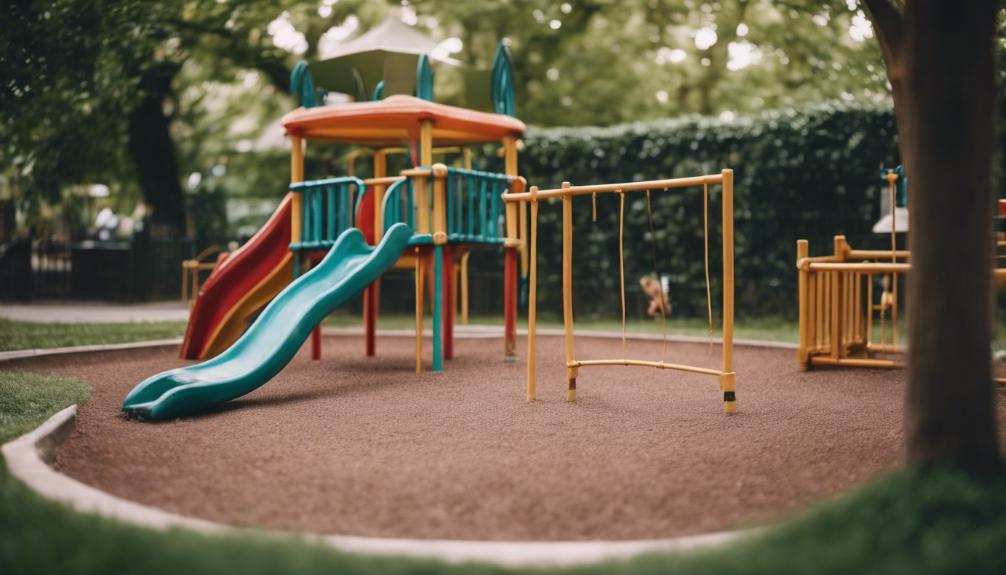
Ensuring the safety of playground equipment and areas necessitates diligent maintenance and supervision to protect children from potential hazards. This includes regular inspections to identify and rectify any damage or wear that could pose risks, such as loose bolts, sharp edges, or unstable structures. Additionally, it's important to make sure that the playground surface is made of impact-absorbing material to minimize injuries from falls. Clear signage indicating age-appropriate equipment and safety rules can further enhance safety by guiding supervising adults and children alike. Supervision by adults is vital to monitor children's play, intervening when necessary to prevent unsafe behaviors. By implementing these measures, property owners can significantly reduce risks and foster a safe, enjoyable environment for children to play, mitigating liability concerns in the process.
Construction Site Safety
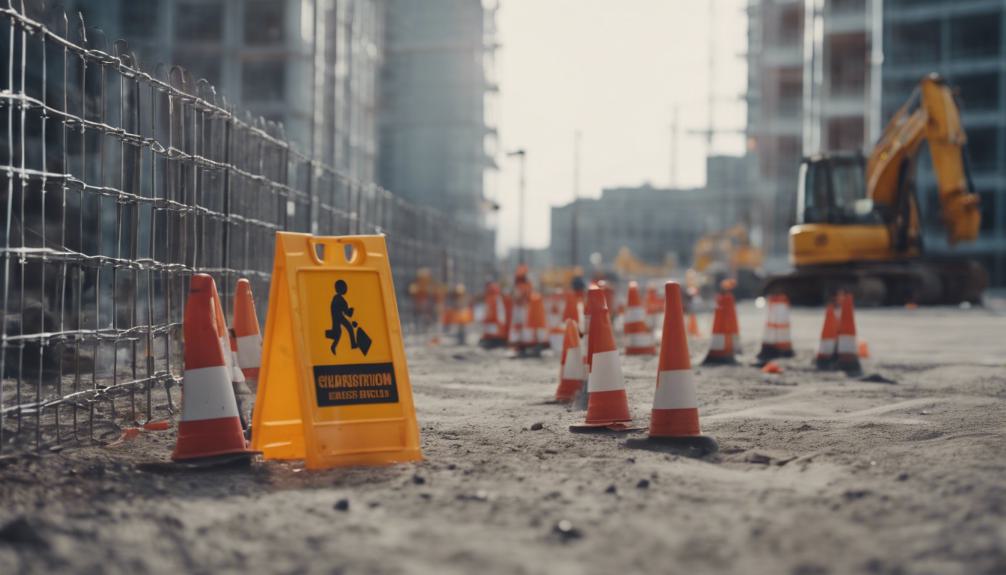
While safe playground practices focus on preventing accidents in recreational spaces, the emphasis on construction site safety aims to mitigate hazards in areas of active development. Construction sites, inherently filled with potential dangers such as heavy machinery, open pits, and unstable structures, demand strict safety measures to protect not only workers but also trespassing individuals, particularly children attracted by the curiosity of the site. Preventative measures include securing the perimeter with fencing, installing clear warning signs, and ensuring constant supervision and restricted access to hazardous areas. Additionally, training workers on safety protocols and emergency response can greatly reduce the risks. Property owners and construction managers must prioritize these safety practices to prevent accidents, thereby avoiding potential lawsuits and ensuring a secure environment for the community.
Weapon Storage Solutions

In the context of reducing attractive nuisances within homes and properties, securely storing weapons is a critical safety measure to prevent unauthorized access, especially by children. Effective weapon storage solutions not only mitigate the risk of accidents and injuries but also align with responsible ownership practices. Lockable gun safes, cabinets, and cases are essential components of a thorough safety strategy, providing a secure environment that greatly reduces the chances of curious hands accessing dangerous firearms. Implementing biometric locks, which require fingerprint authentication, adds an additional layer of security. Moreover, educating all household members about the importance of weapon safety and the reasons behind secure storage practices reinforces a culture of responsibility and caution, effectively minimizing potential hazards associated with improperly stored weapons.
Legal Considerations
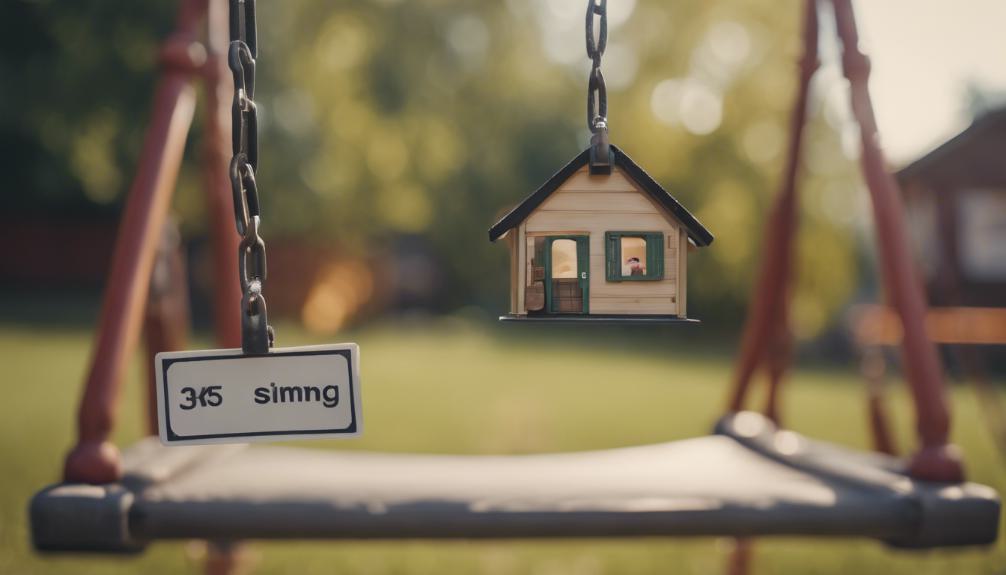
Handling the intricate terrain of laws concerning attractive nuisances is important for property owners to reduce liability risks. The legal framework varies by state, but generally, owners may be held responsible if a child is injured by an attractive nuisance on their property. This necessitates a thorough understanding of premises liability and the specific regulations applicable in one's locale. Implementing proactive measures such as erecting barriers, posting warning signs, and ensuring the secure storage of potential hazards can greatly mitigate these risks. Additionally, staying informed about legal precedents and modifications in the law is essential. Property owners should consider consulting with legal professionals to navigate these complexities effectively, thereby safeguarding against potential lawsuits while promoting a safer environment for the community.
Insurance Coverage Insights

Understanding the nuances of insurance coverage is a pivotal step for property owners in managing liabilities associated with attractive nuisances. Property owners must diligently assess their current insurance policies to guarantee adequate protection against potential claims arising from these hazards. Given the elevated risks attractive nuisances pose, particularly to children, securing liability insurance that explicitly covers such scenarios is essential. This might involve purchasing additional riders or separate policies specifically designed to address the unique risks posed by pools, trampolines, and other enticing features. Additionally, property owners should engage in regular consultations with their insurance providers to keep abreast of any changes in coverage requirements or options. This proactive approach not only safeguards against significant financial loss but also reinforces a commitment to safety and compliance.
Frequently Asked Questions
How Can a Homeowner Prove They Took Reasonable Measures to Prevent Children From Accessing an Attractive Nuisance?
To demonstrate reasonable preventative measures, homeowners can present documentation of installed safety barriers, maintenance records, signage warning of potential dangers, and evidence of supervised access, thereby showing due diligence in mitigating risks associated with attractive nuisances.
What Are the Implications for Trespassing Children or Their Guardians in Cases of Injury Involving an Attractive Nuisance?
In scenarios where unauthorized explorers, particularly minors, encounter harm due to an attractive nuisance, their guardians may face complex legal challenges. It underscores the importance of understanding property owners' responsibilities and rights in such cases.
Are There Specific Attractive Nuisance Laws That Apply to Renters or Leasing Tenants, as Opposed to Homeowners?
Attractive nuisance laws typically apply broadly to property occupiers, including renters and leasing tenants, not exclusively to homeowners. These individuals have a duty to mitigate hazards that might attract and harm children on their premises.
How Do Attractive Nuisance Laws Vary Internationally, and What Are Some Unique Examples From Other Countries?
Attractive nuisance laws differ globally, reflecting each country's legal framework and societal norms. Notable examples include Australia's strict pool fencing requirements and Japan's guidelines for securing vending machines to protect children from harm.
Can the Installation of Surveillance Cameras Around Attractive Nuisances Impact Legal Liability or the Outcome of a Lawsuit?
The installation of surveillance cameras around potential hazards can influence legal liability and lawsuit outcomes by providing evidence of the property owner's efforts to monitor and secure the area, potentially mitigating legal responsibility.
Conclusion
To sum up, dealing with the complexities associated with attractive nuisances requires a multifaceted approach. Property owners must prioritize the implementation of robust safety measures, including securing water features, ensuring safe playground practices, maintaining construction site safety, and implementing secure weapon storage solutions. Additionally, a deep understanding of legal considerations and insurance coverage insights is imperative. By adopting these strategies, property owners can greatly reduce risks, ensuring compliance with legal requirements and safeguarding against potential lawsuits. Ultimately, in the quest to protect the innocent, a stitch in time saves nine.

This post has been generated by AI and was not reviewed by editors. This is Not legal advice. Please consult with an attorney.




